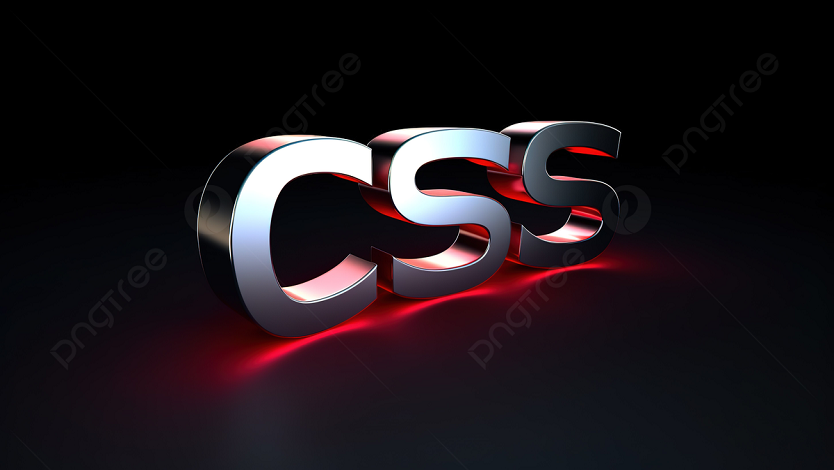What is called CSS?
CSS stands for Cascading Style Sheets. CSS describes how HTML elements are to be displayed on screen, paper, or in other media. CSS saves a lot of work. It can control the layout of multiple web pages all at once. External stylesheets are stored in CSS files.
There are three types of CSS which are given below:
- Inline CSS.
- Internal or Embedded CSS.
- External CSS.
The Art of Web Aesthetics
Imagine a world without style, where every website looked the same, devoid of colors, layouts, and personality. This is where CSS steps in. It's the artistic brushstroke that paints the canvas of web pages, defining everything from font choices and colors to the spacing between elements
For Free Demo classes Click Here!.
1. The Selectors of Expression
At the heart of CSS are selectors, the architects of style. They enable developers to pinpoint HTML elements and embellish them with visual enhancements. Selectors can be as simple as targeting a specific HTML tag or as intricate as pinpointing elements based on classes, IDs, attributes, and more. With the right selectors, CSS can make headlines bigger, paragraphs more readable, and buttons more clickable.
2. The Symphony of Properties and Values
The true magic of CSS is unveiled when properties and values dance together in harmony. Each CSS rule consists of one or more properties, which are like design instructions, and corresponding values that dictate how those instructions are executed. Want text to be red? Use the color property with the value red. Need a bigger font? Embrace the font-size property with an appropriate value like 20px.
3. The Beauty of the Box Model
A core concept in CSS is the box model, where every element is visualized as a rectangular box, complete with content, padding, borders, and margins. This model governs how elements are sized and spaced. By adjusting these elements, developers can create harmonious layouts that are pleasing to the eye and user-friendly.
4. The Elegance of Responsiveness
In today's multi-device world, responsive design is paramount. CSS plays a pivotal role in creating layouts that adapt seamlessly to different screen sizes, be it on a desktop, tablet, or smartphone. Media queries allow developers to apply specific styles based on the device's characteristics, ensuring a consistent and delightful user experience.
For Free Demo classes Click Here!
The CSS Journey: From Vanilla to Frameworks
As web development evolved, so did the complexities of CSS. From handcrafting every style rule to leveraging powerful frameworks, the journey of CSS has been marked by innovation and efficiency.
1. Handcrafted Elegance
Starting with the basics is essential. Learning to write clean, well-structured CSS empowers developers to craft custom styles tailored to a project's unique needs. This approach provides a deeper understanding of CSS and its intricacies.
2. Enter the Frameworks
As the demand for quicker development grew, CSS frameworks like Bootstrap and Foundation emerged. These pre-built collections of CSS styles and components drastically reduce development time while maintaining a professional and responsive design. Developers can focus on functionality and let the framework handle the aesthetics.
3. The Rise of Preprocessors
CSS preprocessors like Sass and LESS take CSS to the next level. They introduce features like variables, nesting, and functions, enabling developers to write more maintainable and scalable stylesheets. Preprocessors compile into standard CSS, providing compatibility with all modern browsers.
Check out our Certification courses to get professionally equipped.
CSS: Enabling the Visual Web
In a world where aesthetics matter just as much as functionality, CSS is the glue that binds user experience and visual appeal. It's a language that lets designers and developers transform code into breathtaking designs, turning websites into immersive experiences.
From selecting the right color palette to defining intricate animations, CSS is the canvas on which the web is painted. Whether you're a newcomer exploring the basics or an experienced developer mastering advanced techniques, CSS is a lifelong journey of discovery and creativity.
Check out our Certification courses to get professionally equipped.Here is a information of CSS:
-
Styling HTML Elements: CSS allows you to apply styles to HTML elements. You can control properties like fonts, colors, spacing, borders, backgrounds, and more.
-
Selectors: CSS selectors are used to target specific HTML elements for styling. There are various types of selectors, such as element selectors (targeting specific HTML tags), class selectors (targeting elements with a specific class attribute), ID selectors (targeting elements with a specific ID attribute), and more.
-
Properties and Values: CSS properties define what aspect of an element's presentation you want to style, like "color," "font-size," "margin," etc. Properties are assigned values, like "red," "14px," "20px," etc., that determine how the element will appear.
-
Cascading: The "C" in CSS stands for "Cascading." It means that multiple styles can be applied to the same element, and their effects will combine. If there are conflicting styles, the rules of specificity determine which style takes precedence.
-
External, Internal, and Inline Styles: CSS can be applied in three main ways: external, internal, and inline. External styles are stored in separate .css files, internal styles are defined within the

